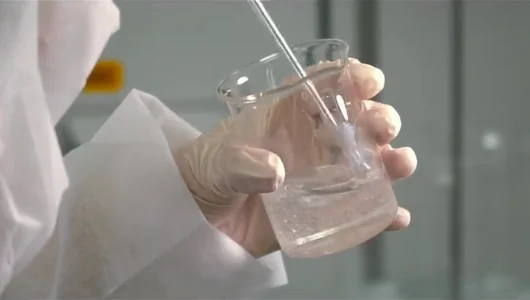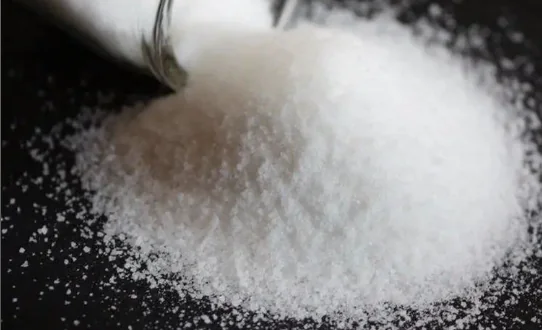PAM emulsion is a liquid flocculant used in many industrial and wastewater treatment systems. It dissolves much faster than PAM powder and works well in sludge dewatering, oilfield water treatment, and other applications.
What is PAM Emulsion?
PAM emulsion is not made by dissolving dry powder. It is a liquid product created by a special polymerization process. There are two main types:
✅ By production method:
- Water-in-Oil (W/O) Emulsion – good stability, used in special processes
- Water-in-Water (W/W) Emulsion – higher active content, cost-effective for large projects
✅ By ion type:
- Anionic PAM Emulsion – used for oilfield water treatment, sludge settling, and mining
- Cationic PAM Emulsion – best for sludge dewatering and organic wastewater
- Nonionic PAM Emulsion – for neutral or low-solid water
Among them, water in oil PAM emulsion is produced by inverse polymerization, and is widely used in many industries due to its good dispersion and dissolution rate.

🛢 Anionic PAM Emulsion for Oilfields & Heavy Wastewater
✔ Fast dissolving – Suitable for large-scale continuous construction or outdoor applications
✔ In oil field drilling and shale gas extraction, it can be used as a Drilling Fluid Additive and Friction Reducer
✔ In industrial water treatment, it can be used as a protein flocculant for alcohol plants, feed flocculant for starch plants, oilfield water treatment agent, high concentration mud precipitant, etc.
Used in:
- Oil extraction: Improve drilling fluid stability, reduce friction, and increase oil productivity.
- Mining beneficiation: Enhance slurry settling and improve recovery rate.
- High concentration wastewater treatment: used to treat wastewater containing a large amount of suspended solids and improve solid-liquid separation efficiency.

🏭 Cationic PAM Emulsion for Sludge Dewatering
✔ Adopting advanced production technology, the molecular chains are mostly in a network or branched structure to enhance the dewatering performance of sludge.
✔ Excellent performance in water treatment and sludge dewatering, able to improve water quality clarity, reduce sludge moisture content, and lower sludge treatment costs.
Used in:
- Municipal sewage plants – improve dewatering machine efficiency and reduce sludge moisture content
- Paper mills – improve pulp recycling and enhance sludge dewatering efficiency.
- Food wastewater – used for rapid flocculation of organic sludge to reduce residual pollution.
📦 PAM Powder vs. PAM Emulsion: Which Is Better?
| Comparison | PAM Powder | PAM Emulsion |
| Active Content | Over 90% | 30–50% |
| Dissolving Speed | 40–60 minutes | 5–10 minutes |
| Storage Stability | Long-term storage | Avoid long storage or freezing |
| Ease of Use | Requires dissolving equipment | Can be used directly or with simple dilution |
| Best For | Cost-sensitive processes | Applications requiring fast dissolution |
🔹 When the on-site conditions permit, PAM solid powder is preferred due to its high effective content, low transportation cost, and better economy.
🔹 When the construction environment is complex or the requirement for dissolution rate is high, PAM emulsion can be selected, especially in the fields of oil fields, mining, emergency sewage treatment, etc. The rapid dissolution characteristics of PAM emulsion can significantly improve treatment efficiency.


✅ Final Tip: How to Boost Treatment Efficiency
Polyacrylamide emulsion is widely used in petroleum extraction, sewage treatment, mining, paper making, food processing and other industries due to its fast dissolution rate and strong adaptability.
Whether anionic PAM emulsion is used for sedimentation, mud treatment, or cationic PAM emulsion is used for sludge dewatering, its advantages have been verified by a large number of practices.
📌 Looking for the best PAM solution for your site? 📞 Contact us now for expert advice and free support!
